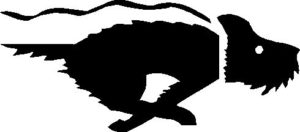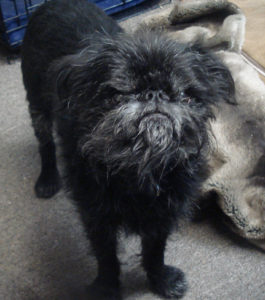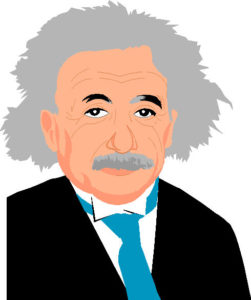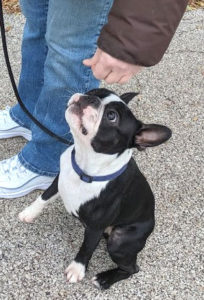Remember paper maps?

Back in the day before there was GPS navigation, we used to figure out where we were going by using maps. Paper maps. For those of us with a sense of direction, just studying those maps gave us a sense of the place we were going, what the area might look like, how far it was, and, vaguely, an idea of whether we were in the right place. Then GPS navigation came along and none of us know where we’re going anymore. Or how to get there if we can’t “acquire satellites.” How many times have we heard news stories about people driving into places they shouldn’t because their “GPS said” turn there?
Luring = GPS navigation
In dog training, “luring” is the equivalent of GPS navigation. Your dog will follow that treat anywhere – but she won’t know how she got there. And she won’t know how to do it again to get the reward.
An agility friend/trainer/judge tells this story: Pre-GPS, she was hired to judge an out-of-state agility trial. The host club sent someone to her hotel to guide her to the trial site. She followed in her rental car, turning where they turned, stopping when they stopped. And got to the trial site just fine. But at the end of the day, she didn’t know how to get back to the hotel! She didn’t know the route, she just knew to follow her guide!
Be patient
Your dog needs you to let him figure stuff out. Be patient enough to let him fail. And reward generously when he figures it out – YES! That’s it! What a clever dog you are!
Positive Reinforcement is a process
“Fun with a box” is one of the best games for getting both of you accustomed to the positive reinforcement process. By itself, it’s not a “useful” exercise. But it gets your dog to experiment with different actions and see how you react. And it gets you to pay attention to the different things your dog does, see the variations, and reward him for trying.
Freestyling
About once a week we still go back to a version of “Fun With A Box.” We call it “freestyling.” We put a random object in front of our dog and say “Okay, dog! Got any ideas?”
Whatever our dog does to interact with that “thing” is fine. We used a foam roller the other day. Torque got his front feet up on it and pushed it. Good boy! Then he tried to back up on it. Nice try, buddy! Tango saw a four-inch tall step stool. He bowed, he downed, he laid his chin down. It was adorable and all got rewarded.
Not all dogs are particularly creative at first. When they realize there’s no “wrong” answer, most will be willing to try more “stuff.” We love this part the most – when dogs realize your 2-Minute sessions are all about having fun and doing “stuff” together.




